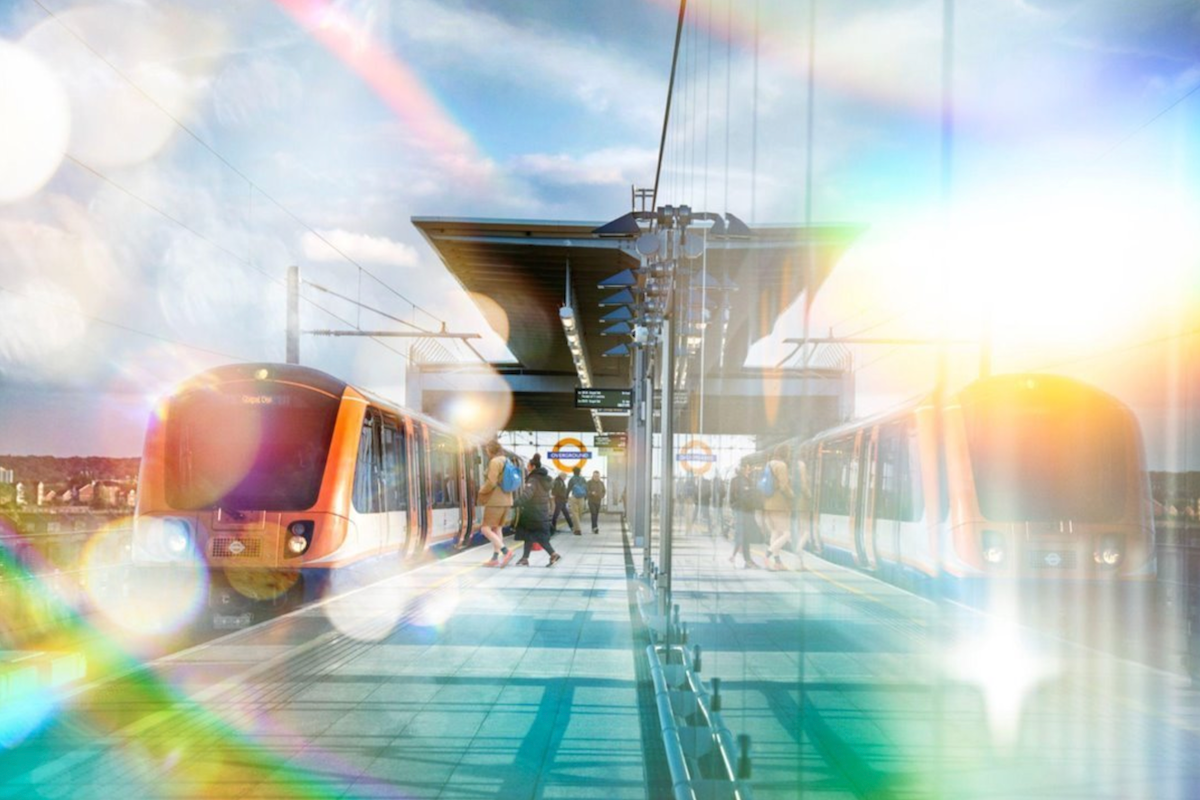London Overground: A colourful history lesson
12 May 2024 by James
By the end of 2024, Transport for London hopes to have introduced the Overground's new look across the network. Let's explore the new line names and what it means for passengers.

In February 2024, TfL announced they would be allocating a name and colour to each of the six existing Overground lines, with the aim of making the network easier to navigate as well as spreading awareness of London's rich history.
Sadiq Khan, Mayor of London, said: "There are so many fascinating, and often forgotten, stories from our city that should be told and remembered. Naming the lines will not only help educate visitors about our amazing city and its incredible history but will also make it easier for people who live, work or visit London to navigate the city."
The six lines are as follows:
Lioness Line: Watford Junction - Euston
Running through Wembley, the Lioness Line celebrates the Lionesses greatest triumph when they won the UEFA Women’s EURO final in 2022. It's colour is yellow, and honours the legacy and achivements of the women's football team - who continue to inspire the next generation of women and girls in sport.
Advertisement
Windrush Line: Highbury & Islington - New Cross/Clapham Junction/Crystal Palace/West Croydon
The arrival of HMT Empire Windrush in June 1948 marked the start of the Windrush Generation, which included Caribbean communities who migrated to help rebuild Britain after WWII in critical industries such as construction, healthcare and transport. The Windrush Line recognises their contributions which continue to shape London today.
Weaver Line: Liverpool Street - Enfield Town/Cheshunt/Chingford
The Weaver Line celebrates the areas of London - Liverpool Street, Spitalfields, Bethnal Green and Hackney - which have been shaped over time by a diverse group of migrant communities and individuals. It started with the Huguenots in the 17th century who traded silk, and were joined by the Irish in the 18th century following the collapse of the Irish linen trade.
The line also recognises William Morris - although his art was popular with the middle and upper classes, he also sold affordable furniture to the working class and those who were less well off.
Advertisement
Liberty Line: Romford - Upminster
This line references the motto of the London Borough of Havering and its historical status as a royal liberty. It also reflects the uniqueness of the area and the independent spirit of the Havering community. The Liberty Line links the borough to the rest of London and connects to the Elizabeth Line and other public transport.
Mildmay Line: Richmond and Clapham Junction - Stratford
This line celebrates the small but critical Mildmay, an NHS hospital serving the area of Tower Hamlets. Mildmay has a long history of helping those in need and opened in the 1860s as a help centre. When cholera broke out in 1866, two Mildmay volunteers in the slums of the East End - an area everyone else avoided.
Suffragette Line: Gospel Oak - Barking Riverside
The Suffragette Line recognises the Sugragette movement and its links to London, which paved the way for women's right, including voting. The line especially celebrates the East London Federation of Suffragettes, a mostly working-class movement in the East End who campaigned for the rights of working class women. They conducted marches and meetings and published a weekly paper.
Advertisement
In theory, splitting the Overground into six named lines should make it easier to navigate the network, considering the 113 stations are currently all orange. However all of these stations will need their signage and posters updated -- which will be costly.
The revamp is expected to cost around £6.3m and has drawn some criticism from the Tories (although anyone who believes a word they say is proof that evolution can go in reverse).
We'll keep you updated with TfL's progress, so stay tuned. In the mean time, look out for the new colours at stations.
Comments
Please sign in or create an account to comment.
Latest articles
-
1⚠️ Global IT outage - Check before you travel ⚠️
-
2Introducing the Knowledge Hub
-
3Avanti's brand new Class 805s are here: any good or another hopeless Hitachi?
-
4Exclusive behind the scenes with an inspirational LNER train driver
-
5End of the road for London's Boris Buses as mayor reveals zero-emission plan
Advertisement
Advertisement